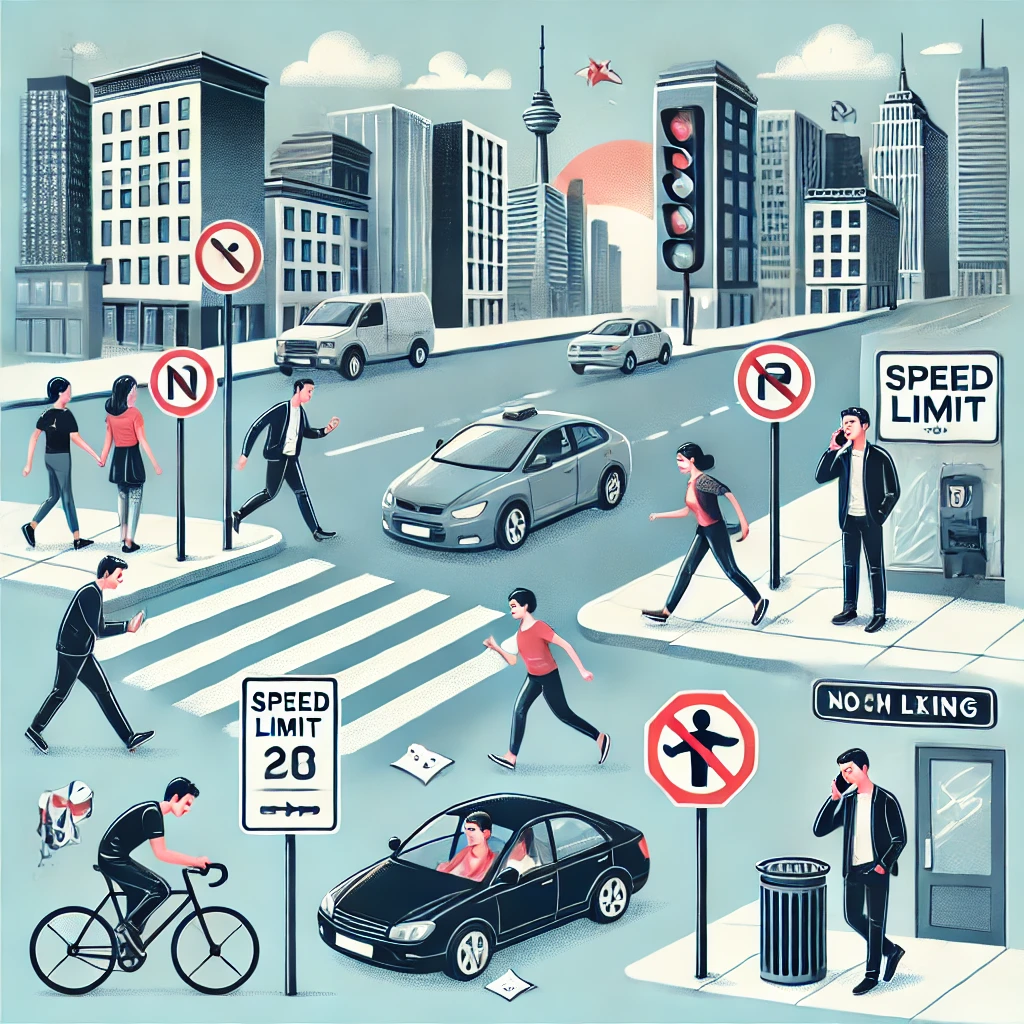Table of Contents
World’s Most Commonly Broken Laws
Laws have been put in place across the world to maintain order and ensure the protection of citizens. The thing is, not all laws are upheld with equal severity. Some offenses become so common that they almost reach universal disregard or blind eyes. Understanding the statistics behind the world’s most commonly broken laws offers insight into societal behavior, challenges faced by law enforcement, and complexities of human nature.

1. Traffic Violations: The Ubiquity of Speeding
The Ubiquity of Speeding Of all of the laws around the world, perhaps those most commonly violated are the traffic laws. The most common violation, however, is speeding. For example, according to traffic studies, about 112,000 speeding tickets are given every day in the United States; that is more than 41 million yearly. This reflects a worldwide culture wherein drivers break the speed limit as a matter of course and view this offense as minor, at most.

Speeding still is one of the major causes of road accidents, accounting for almost 26% of all traffic deaths in the U.S. The prevalence of the practice indicates that a high volume of drivers indeed act in disregard for traffic laws due to reasons such as impatience, overconfidence in driving skills, and sometimes, simple ignorance of the legal speed limits.
2. Jaywalking: A Habitual Yet Hazardous Offense
One more widespread infringement is jaywalking, which is another name for crossing the streets where pedestrian crossings are absent. Such a violation may seem minor or negligible, but the number of risks it carries is great. For example, jaywalking is not illegal in the UK, but the number of pedestrian-driven incidents has the top association with this violation. Countries like the United States have more strict rules regarding jaywalking. For instance, in New York, thousands of tickets are given annually for this violation.

The global statistics about jaywalking have one leading pattern: pedestrians love convenience over safety. This phenomenon is so frequent in cities where people cross roads anywhere and everywhere, which consequently causes more road accidents and death
3. Tax Evasion: The Quiet Crime
Tax evasion is a serious offense that, despite severe penalties, remains one of the most commonly broken laws throughout the world. Estimates in the United States alone put the annual cost of tax evasion at over $450 billion. According to an IRS estimate, the tax gap, or the difference between taxes owed and paid, stands at about 16%, which happens to be roughly the same in many developed nations.

It does not stay restricted to high-income earners or businesses. Small venture owners, freelancers, and even the average man on the street underreport their income or over-declare deductions knowingly or unknowingly. Complexity in tax laws and the perceived low risk of getting caught add to the rampant prevalence of this crime.
4. Piracy and Copyright Infringement: The Digital Dilemma
The rise of the internet has come with some of the most permeating illegal activities, piracy among them. According to a study by MUSO, a digital piracy data company, piracy websites receive more than 300 billion visits annually.

Accessibility to pirated content is very easy, and anonymity through the internet has made pirating hard to prevent. Be it downloading music, movies, or software, most would justify their acts by mentioning the price tag that comes with buying legal copies or by claiming their own single actions are just one drop in a vast ocean of events. None actually mean harm to the creators.
5. Underage Drinking: A Global Concern
Another common offense involves underage drinking, most specifically in nations where the age for drinking has been defined and strictly laid out. In the United States, where the minimum legal drinking age is 21, research studies show that about 11% of all alcohol consumed is by those aged 12 to 20. Such a feature reflects a no less dramatic international phenomenon where large numbers of adolescents drink in social settings, sometimes even with the tacit approval of adults.

Statistics relating to underage drinking are unappealing, and the condition has been linked by several studies to accidents, health problems, and risky behaviors. While there are legal restrictions against the subject matter at hand, its persistence demonstrates the challenge of enforcing laws on the same and societal factors that promote underage drinking.
6. Littering: An Environmental Offense
While littering may seem like just a small and petty crime, it is still one of the most commonly violated environmental laws throughout the world. In America alone, over 51 billion pieces of litter are thrown away annually, costing the government billions in cleanups.

Littering, apart from being an eyesore in public places, is among the major hazards to the environment, especially to wildlife and marine life. While awareness about this issue has been disseminated through various campaigns, littering continues due to reasons such as laziness, lack of awareness, and lack of enforcement.
7. Drug Possession: A Persistent Global Issue
Drug possession is the most broken law in the world, particularly for small quantities of marijuana. Even where marijuana has been decriminalized or legalized, possession and use of other drugs remain a major legal issue. As an example, in the United States alone, over 1.5 million arrests related to drugs were made in 2019 alone; 85% of those arrested had been charged with possession.

The prevalence rates of drug possession greatly depict how law, culture, and practice intermingle. Often, the law enforcement pendulum has swung in favor of decriminalization and rehabilitation, yet for so long, drug possession prevalence rates have remained high, symbolic of embedded challenges in addressing substance abuse.
Conclusion: The Impact of Commonly Broken Laws
The statistics behind the world’s most commonly broken laws show a consistent thread of minor offenses that have significant cumulative effects on society. Most of these commonly broken laws, from traffic violations to tax evasion, are based on a combination of convenience, perceived low risk, and societal norms. The better understood these offenses can be, the better one can shape enforcement strategies, public awareness campaigns, and perhaps even legal reforms more befitting contemporary behaviors and attitudes.
The problem is not just a matter of enforcing such commonly broken laws but also of discovering and treating the very roots that drive people to commit them. Laws, similar to society, must progress for relevance to those they serve and protect. By addressing the factors that contribute to these commonly broken laws, society can better align its legal system with contemporary needs and behaviors. Read More About it: Click Here
To Read More: Click Here

